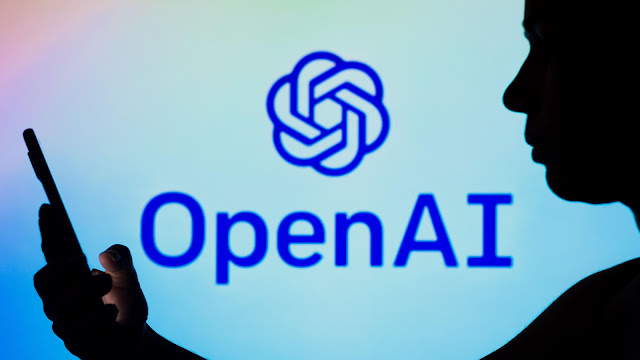ChatGPT is a pre-trained language model developed by OpenAI that is designed for natural language generation tasks such as conversational response generation and text summarization. The model is based on the transformer architecture and was trained on a large dataset of conversational data, allowing it to generate human-like responses to text inputs.
One of the key advantages of using a pre-trained language model like ChatGPT is that it can be fine-tuned for specific use cases with relatively little data. For example, if you wanted to develop a chatbot for customer support, you could fine-tune the model on a dataset of customer support conversations and it would quickly learn to generate appropriate responses.
Another advantage of ChatGPT is its ability to generate human-like text. Since the model was trained on a dataset of conversational data, it has learned the patterns and nuances of human language, allowing it to generate responses that are hard to distinguish from those written by a human. This makes it well suited for tasks such as text completion, text summarization, and text generation.
In addition to its natural language generation capabilities, ChatGPT can also be used for other natural language processing tasks such as text classification and named entity recognition. For example, you could fine-tune the model on a dataset of labeled text and use it to classify text inputs into different categories.
However, ChatGPT also has some limitations. One is that it requires a large amount of computational power to fine-tune and run, which may not be practical for all use cases. Additionally, like any machine learning model, its performance is heavily dependent on the quality of the data it was trained on.
For instance, the model may have difficulty generating responses for niche domains or may generate bias if the training dataset contains certain biases. It is important to be aware of these limitations and make sure that the model is used appropriately.
In conclusion, ChatGPT is a powerful pre-trained language model that can be fine-tuned for a wide range of natural language generation and processing tasks. Its ability to generate human-like text makes it well suited for conversational systems and other applications where the output needs to be indistinguishable from text written by a human. However, it is important to keep in mind that it requires a significant amount of computational resources and the performance of the model can be affected by the quality of the training data.







0 Comments